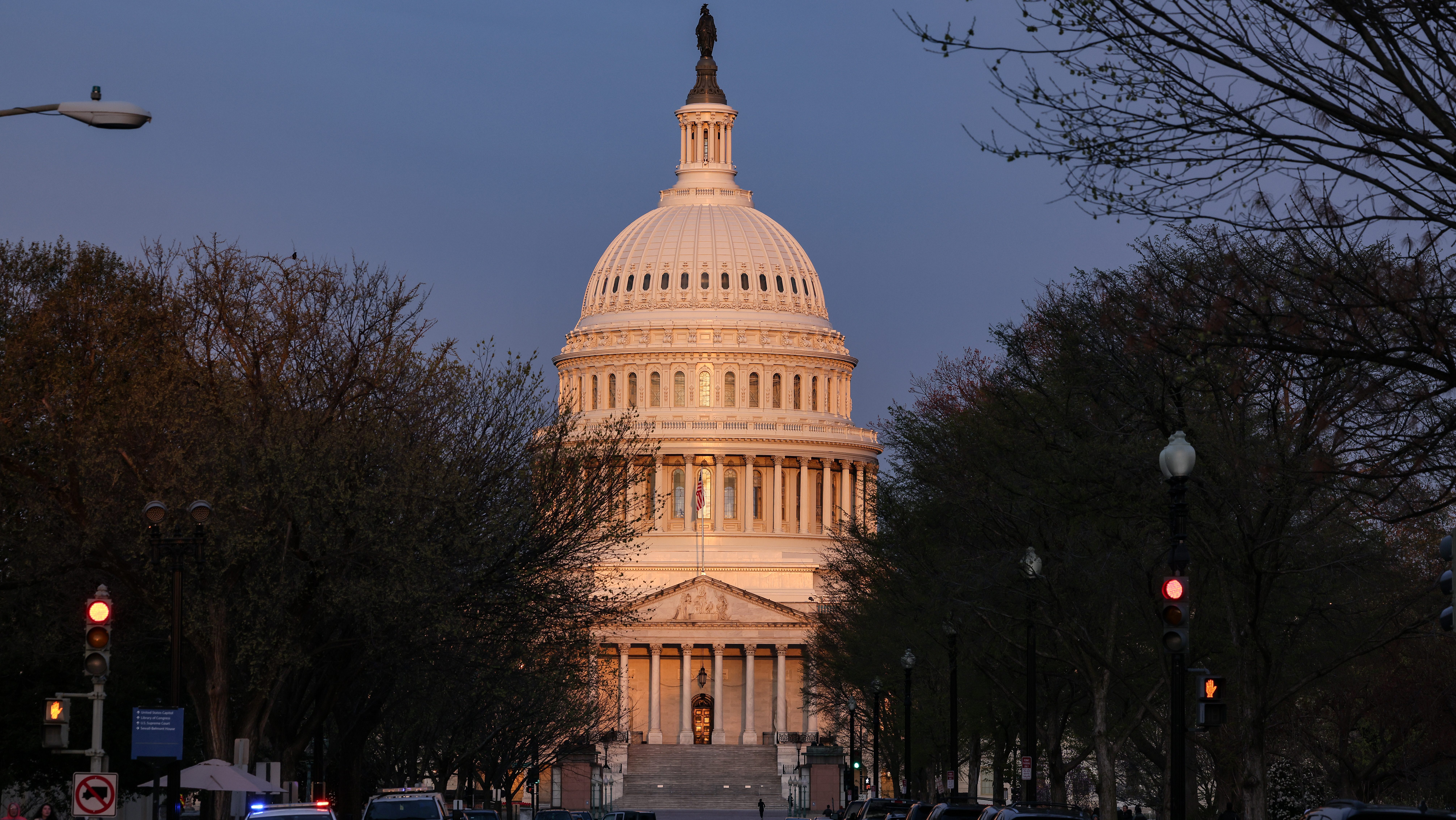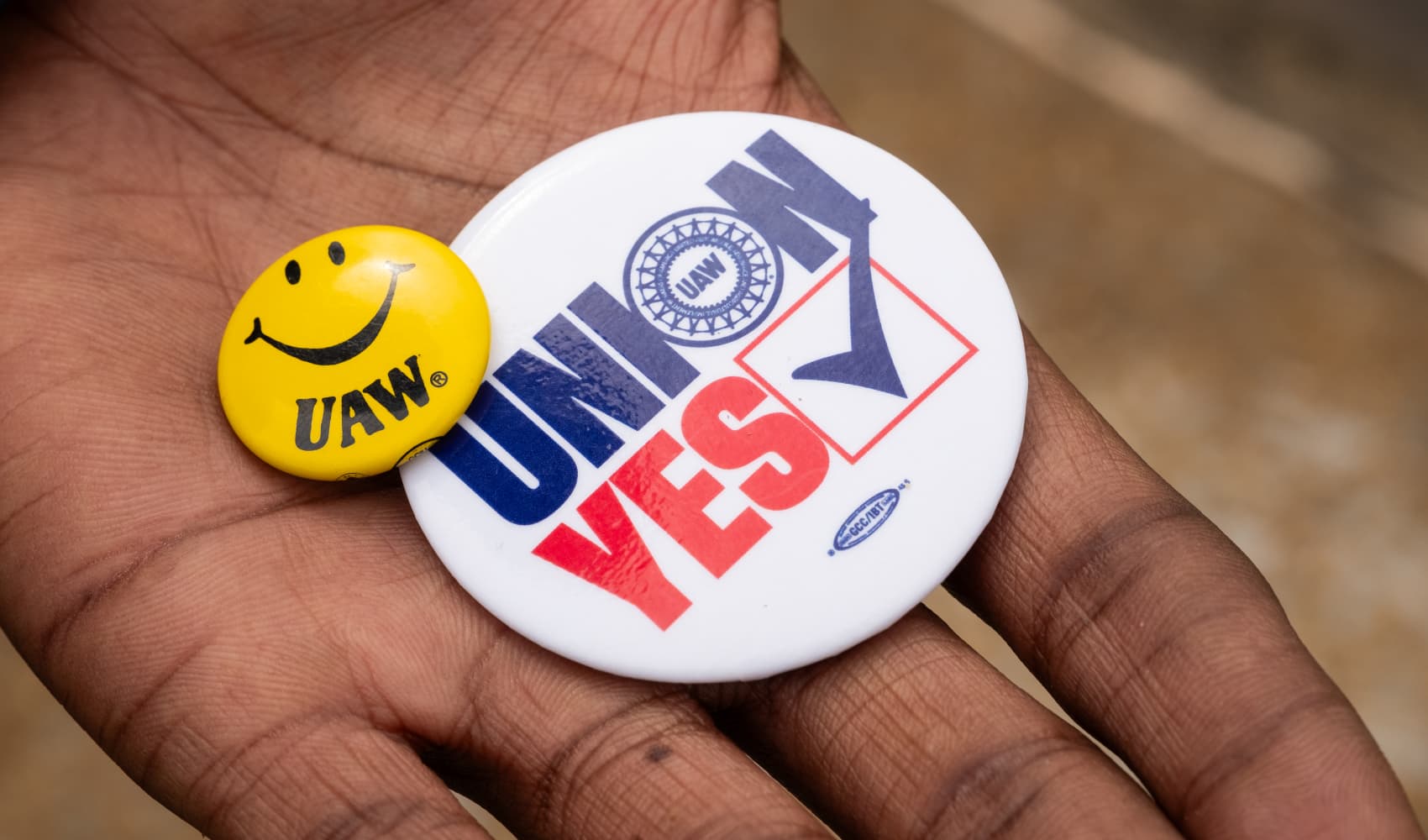Hurricane Lane secured its place in the history books before it quickly dissipated into a tropical storm and moved off from Hawaii. The storm caused damage, mostly on the Big Island, where rivers raged near Hilo and nearly 40 people had to be rescued from homes.
There were no deaths from the storm, which had the potential to cause much more destruction.
Here's a look at the storm and its impact on Hawaii.
RAIN MAKER
The storm named Lane was barreling toward the Hawaiian Islands as a powerful Category 5 hurricane in the middle of the week. But then it slowed down, moving as slow as 2 mph at times.
As it lingered, the storm's outer bands were already over the Big Island, allowing Lane to drop 45.8 inches (116 centimeters) of rain, according to preliminary figures, National Weather Service meteorologist Brooke Bingaman said.
That puts it in fourth place for the most rain from a storm in the United States since 1950. Hurricane Harvey, which stalled over Houston last year, dropped the most rain in that span with 60.58 inches (154 centimeters), Bingaman said. Hurricane Hiki dropped 52 inches (132 centimeters) in Hawaii in 1950, and Amelia produced a 48-inch (122 centimeter) rainfall in 1978.
U.S. & World
Rain was still falling on the Big Island, and the total could still increase.
SO WHAT HAPPENED TO LANE?
Residents and businesses across the islands prepared for the worst, boarding up windows and stocking up on supplies. Tourists in hotels along Waikiki Beach in Honolulu didn't heed warnings to get out of the water. But many visitors stocked up on snack food and beer at convenience stores just in case.
While the Big Island took the brunt of the storm, the worst of fears never materialized as Lane quickly fell apart.
Winds ultimately caused the demise of Lane, National Weather Service meteorologist Vanessa Almanza said.
The storm moved in the central Pacific along a high-pressure ridge last week, when there wasn't much wind shear to affect the hurricane.
But then the storm began moving north toward Hawaii around the high-pressure ridge, and that's when its winds died down and it lost speed.
The jet stream "just kind of pushed the top off of the hurricane and what happens is it loses exhaust so it just starts collapsing," Almanza said.
It was downgraded to a tropical storm on Friday, and all warnings for Hawaii were cancelled Saturday morning after the storm turned west and moved away from the state.
LAVA
Hawaii's Big Island has had more than its fair share of natural disasters this year, with Kilauea volcano destroying more than 700 homes with lava.
If there's any silver lining, it's that the lava rock might have helped absorb some of the rainwater better than soil because it's more porous, Bingaman said.
Matthew Purvis, president of the Mainstreet Pahoa Association, said land in the Puna district on the southern part of the island is so porous, there are few waterways that will get clogged or overflow.
SPEAKING OF KILAUEA
The volcano is still erupting. In fact, it's been in a continuous state of eruption since 1983, and it opened up several vents beginning in May. It was those vents that sent lava down rural streets, destroying entire neighborhoods as it flowed to the ocean.
The volcano has settled down since, but it is still active.
The Hawaiian Volcano Observatory says Tropical Storm Lane had little effect on the volcano beyond some minor rock falls at the summit. The observatory also lost communication with some monitoring stations.
The observatory also says whiteout conditions could occur on the new lava field because of steam created when rain falls on the still-hot lava flows.
NEED A BREAK
It's been a trying few months as Mother Nature — or Pele, the Hawaiian volcano goddess, has set her sights on the Big Island, first with destruction from the volcano to storm damage.
"Definitely we need a break," Hawaii County Managing Director Will Okabe said, quickly adding that it's hurricane season and other storms could still develop.
"We are going to be prepared, and we always do that well on the Big Island," he said.
HURRICANE AND WILDFIRES
It's not known if the storm played any role in the start of several wildfires near the historical coastal town of Lahaina on Maui. But the high winds early Friday morning certainly helped spread the fire, according to Maui county officials.
The hurricane also played a role in helping firefighters contain the fires, with about 12 inches of rain falling on the island in a 24-hour period through Saturday.
The wildfires in a dry part of the county destroyed nine homes and forced more than 600 people into shelters. One woman was injured and flown to Honolulu for treatment.
Brush fires also started on Oahu, which is also dry but got only a fraction of the rains that the Big Island and Maui received from the storm.
___
Associated Press writer Audrey McAvoy in Honolulu contributed to this report.



